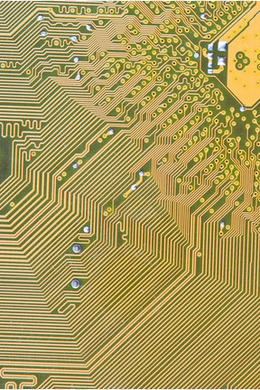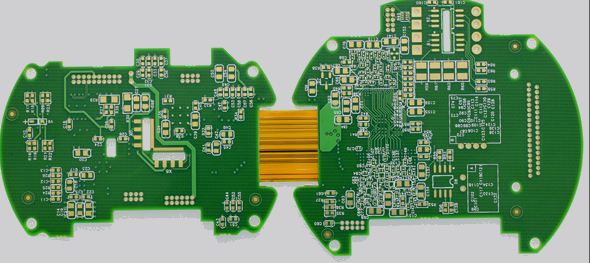
Is PCB characteristic impedance related to frequency?
The circuit board manufacturer and the circuit board designer explain to you whether the characteristic impedance of PCB is related to the frequency
impedance
When we mention the characteristic impedance, we usually seldom consider its relationship with frequency. The reason is that the characteristic impedance is a fairly stable property of the transmission line, which is mainly related to the structure of the transmission line, that is, the shape of the cross section. From the engineering point of view, it is reasonable to take the characteristic impedance as a constant. To tell the truth, after such a long time of SI design, we have not encountered the situation where we need to consider the change of characteristic impedance.
This website generally introduces the SMT processing process and the problems in PCBA boards. Since we need to consider this problem today, let's go a little deeper to see the true face of the characteristic impedance. Although it does not have much engineering application value, it is still beneficial for understanding problems.

Characteristic impedance is a quantity often mentioned when analyzing transmission lines in theory. From the perspective of transmission lines, it can be expressed by the following formula Z0=√ ̄ (L/C).
L refers to inductance per unit length of transmission line, and C refers to capacitance per unit length. At first glance, it seems that there is no variable quantity in the formula. But is the characteristic impedance really a constant quantity? We use Polar software to sweep the transmission line with fixed cross section. The frequency range is set at 100MHz~10GHz. Look at the results given by the field solver, as shown below:
You may be surprised that the characteristic impedance decreases with increasing frequency, why? Which quantity in the impedance formula has changed?
In fact, this involves a deep-seated problem in electromagnetics. The culprit is inductance! Inductance is a very complicated problem. The theoretical calculation of inductance is very complicated. Interested netizens can look for information to see the calculation of inductance. I will not write the detailed derivation process here. In short, the inductance of the wire consists of two parts: the internal inductance of the wire and the external inductance of the wire. When the frequency increases, the internal inductance of the conductor decreases, the external inductance remains unchanged, and the total inductance decreases, which leads to the reduction of the characteristic impedance.
As we know, inductance is defined as the number of turns of magnetic field lines around the current. Inductance decreases with frequency. Intuition tells us that the current distribution in the wire must have changed. So far, I think everyone on the Internet should be enlightened. Skin effect will be familiar to you. This is the current distribution in the conductor at high frequency simulated by a two-dimensional field solver. The yellow part is where the current is.
When the frequency increases, the current concentrates on the surface of the wire, and the current density inside the wire decreases, of course, the inductance decreases. The essence of inductance is the number of turns of magnetic field lines around the current. Note the statement "around the current". If there is an extreme case, the internal current of the conductor will disappear completely, and all the current will be concentrated on the surface of the conductor. Of course, the magnetic line of force can no longer surround the current internally, and the internal inductance will disappear. The total inductance of the conductor decreases, and the reduced part is the internal inductance of the conductor. Of course, this statement is not rigorous, but it is very helpful for intuitive understanding.
Conclusion:
1. The characteristic impedance of the transmission line is indeed related to the frequency. As the frequency increases, the characteristic impedance decreases, but tends to be stable gradually.
2. The reason for the change of characteristic impedance is that the inductance per unit length of conductor decreases with the increase of frequency.
3. The change of this characteristic impedance is very small, and its influence is generally not considered in engineering applications. Just know that.







